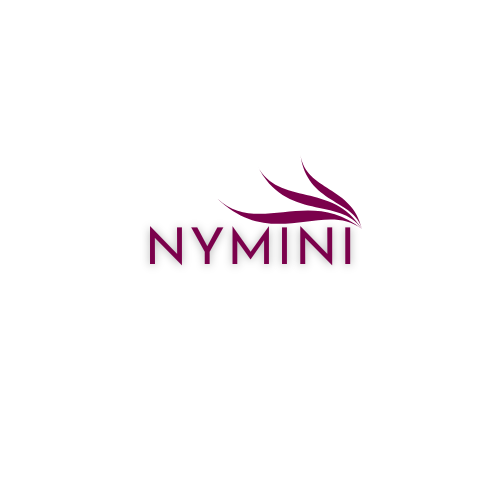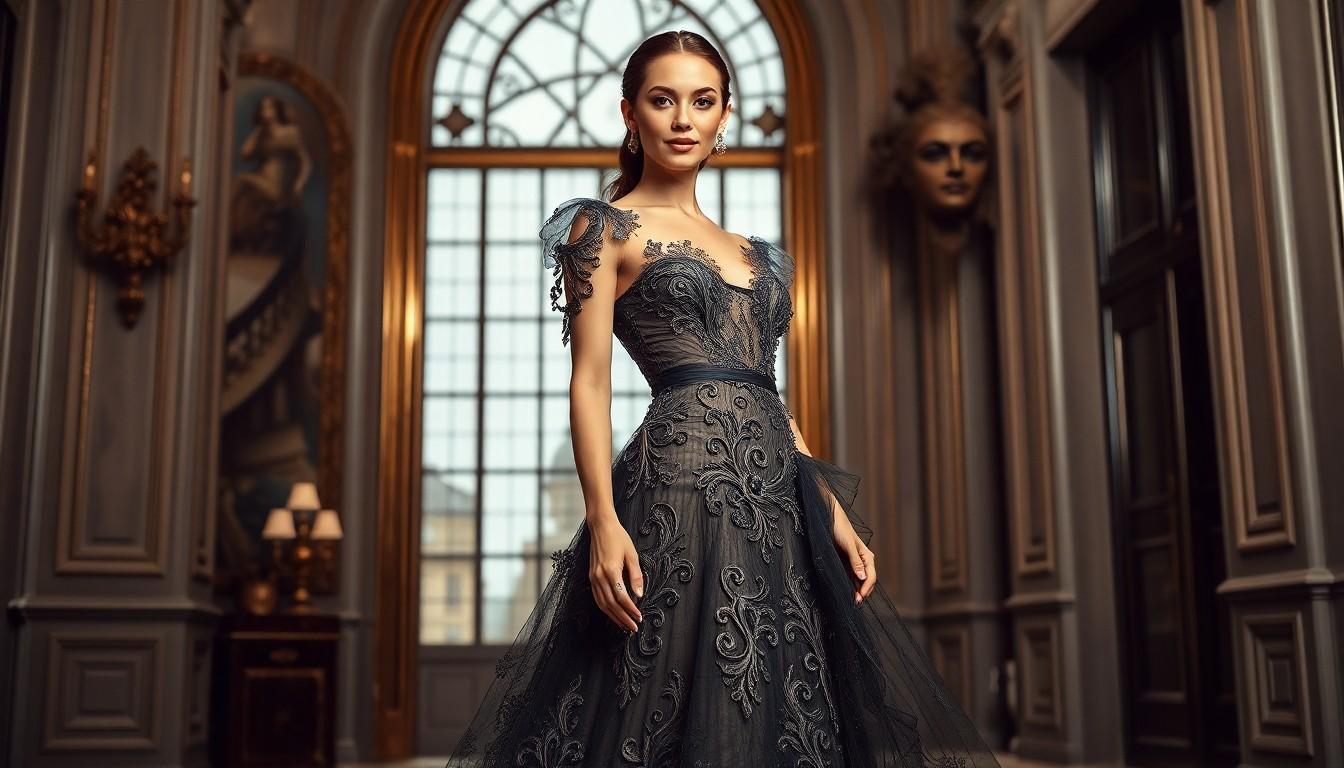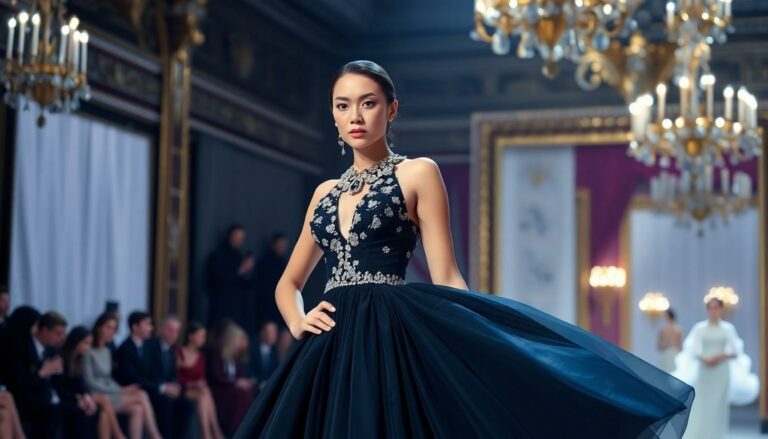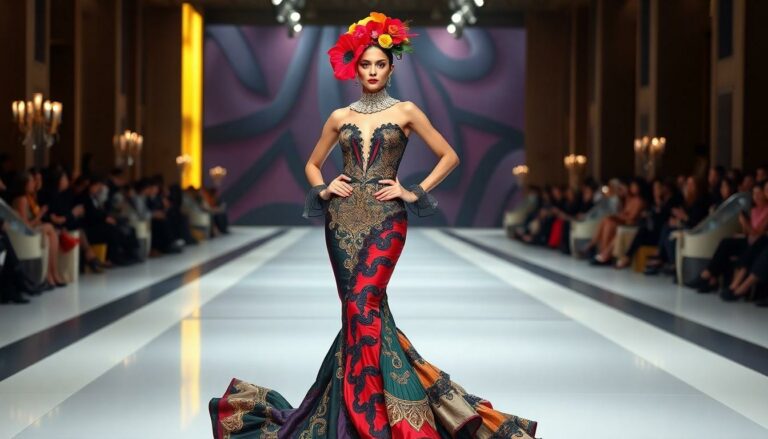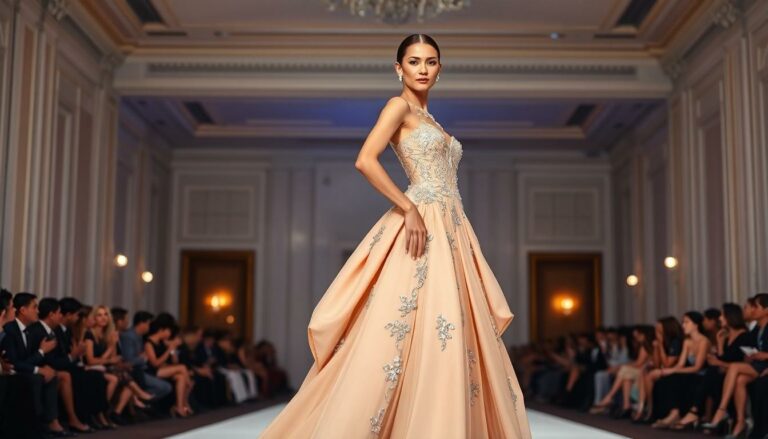When it comes to fashion, haute couture designers are the rock stars of the runway, crafting masterpieces that leave us breathless. Imagine wearing a dress that took hundreds of hours to create, adorned with intricate details and luxurious fabrics. It’s not just clothing; it’s wearable art that can make anyone feel like royalty—if only for a moment.
Haute Couture Designers
Haute couture designers represent the pinnacle of fashion design, blending technical skill with artistic vision. Each designer brings unique elements to their creations, often reflecting personal style and cultural influences. Mastery in fabrics, embellishments, and construction techniques defines this selective group.
Paris holds the title of the haute couture capital, where prestigious houses showcase their seasonal collections. Renowned names like Chanel, Dior, and Givenchy stand out for their innovative designs and timeless elegance. Each collection typically features intricate detailing and impeccable craftsmanship, further setting haute couture apart from ready-to-wear fashion.
The exclusivity of haute couture enhances its allure. Designers often produce only a limited number of pieces, ensuring that each garment remains unique. Clientele appreciate the intimate experience of custom fittings, which allows for personalization to achieve ideal comfort and style.
Aspiring haute couture designers undergo rigorous training, typically in design schools or through apprenticeships. Knowledge of historical design and contemporary trends plays a crucial role in creating collections that resonate. Fashion weeks offer a platform to present masterpieces to critics, buyers, and fashion enthusiasts alike.
Cultural relevance shapes many collections, with designers drawing inspiration from global art, architecture, and nature. Collaborative efforts between designers and artisans result in exquisite techniques that elevate fabric manipulation and detailing. This dedication to craftsmanship often culminates in garments that are not only beautiful but also tell a story.
Remaining at the forefront of haute couture demands continuous innovation and creativity. Designers frequently experiment with new materials and sustainable practices, adapting to modern consumer preferences. Such adaptability is essential in retaining relevance in an ever-evolving fashion landscape.
Iconic Haute Couture Designers
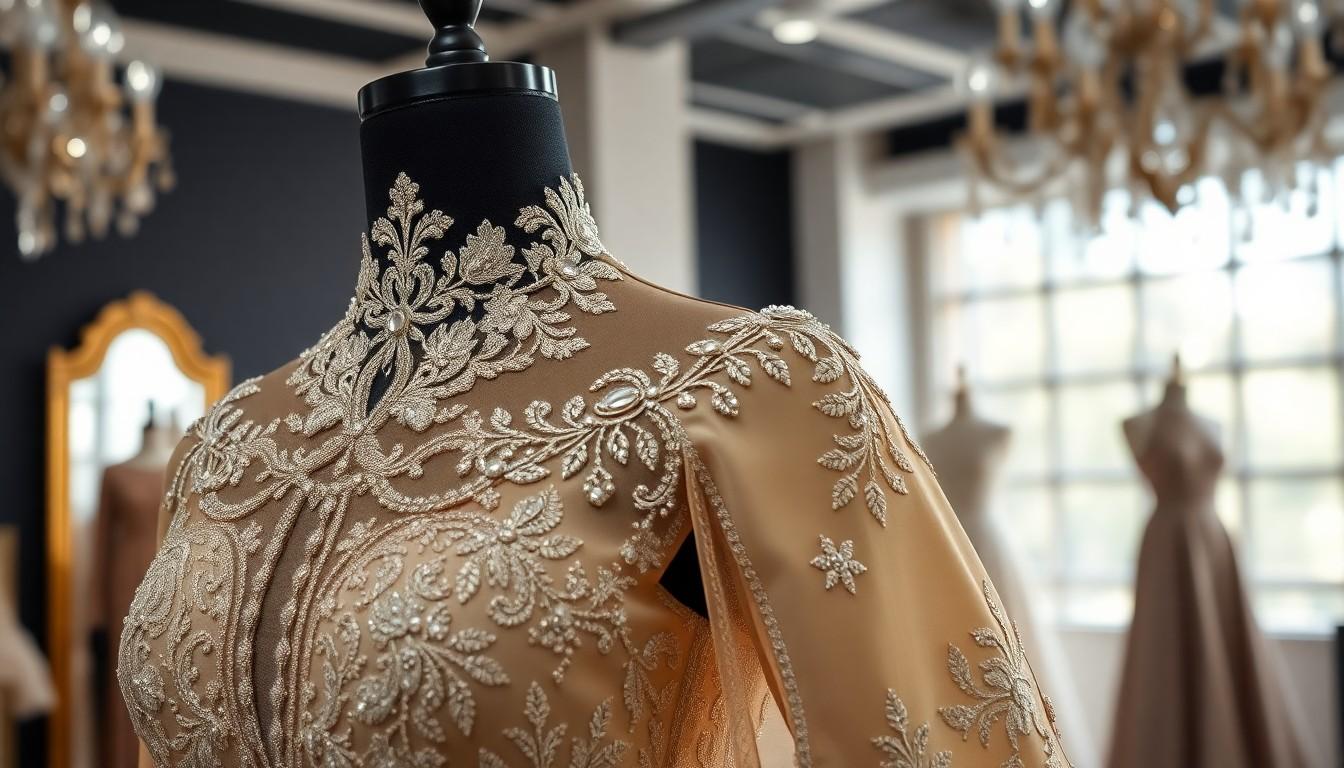
Haute couture designers embody creativity and expertise, shaping the fashion world. Recognized for their distinctive styles, these designers elevate garments into wearable art.
Chanel
Coco Chanel revolutionized fashion with her innovative approach. Emphasizing comfort and elegance, she introduced the concept of the modern woman’s wardrobe. The iconic Chanel No. 5 perfume and the classic Chanel suit exemplify her lasting influence. Attention to detail and exquisite craftsmanship characterize her haute couture collections. Classic pieces combine timeless silhouettes with bold statements, ensuring relevance across generations.
Dior
Christian Dior made waves in 1947 with his transformative “New Look.” Highlighting femininity, this collection featured cinched waists and voluminous skirts. Dior’s designs conveyed glamour and luxury, redefining post-war fashion. Signature elements include luxurious fabrics and meticulous tailoring. Influences from art and history shape many of his creations, cementing his legacy in haute couture.
Givenchy
Hubert de Givenchy is famed for his elegant, sophisticated designs. His collaboration with Audrey Hepburn popularized the Little Black Dress, a staple in women’s fashion. Givenchy’s collections showcase an impeccable blend of creativity and refinement. His ability to infuse modernity with classic elements highlights haute couture’s versatility. Each piece reflects a commitment to quality and artistic vision, setting trends in the industry.
Emerging Haute Couture Talent
The landscape of haute couture continues to evolve with the emergence of fresh talent. New designers infuse the industry with innovative perspectives and diverse influences.
New Wave Designers
Designers like Georgian Natacha Ramsay-Levi and Nigerian Tolu Olubunmi are redefining contemporary haute couture. Their work reflects cultural narratives and personal storytelling. Emerging talent prioritizes sustainability, integrating eco-friendly materials into their creations. Bold patterns and unconventional silhouettes illustrate their distinctive approaches. The use of digital technology assists these designers in reaching a global audience, fostering creativity and collaboration.
Innovative Techniques
Innovative techniques shape the work of emerging haute couture designers. Techniques such as 3D printing and digital embroidery offer new avenues for creativity. Designers explore upcycling, transforming vintage garments into one-of-a-kind pieces. Furthermore, hand-dyed fabrics showcase a commitment to artisanal craftsmanship. Customization plays a crucial role, allowing clients to engage in the design process. This focus on personalization enhances the connection between designers and their clients, ensuring each piece is unique.
The Impact of Haute Couture on Fashion
Haute couture significantly shapes the fashion industry, setting trends that resonate globally. Designers push boundaries, often leading to innovations that redefine industry norms. The meticulous craftsmanship in each unique piece highlights the artistry and skill behind haute couture, elevating fashion from mere clothing to wearable art.
Prestigious fashion houses such as Chanel, Dior, and Givenchy play pivotal roles in this dynamic. Chanel’s focus on comfort and elegance transformed women’s fashion, while Dior’s New Look rebooted femininity with iconic silhouettes. Givenchy’s collaboration with Audrey Hepburn popularized classic designs, showcasing the interplay between modernity and tradition.
Emerging designers also make their mark, introducing fresh perspectives and diverse influences. Natacha Ramsay-Levi and Tolu Olubunmi exemplify this new wave, prioritizing sustainability in their collections. Their innovative use of eco-friendly materials and digital technology engages a broader audience while maintaining high standards of creativity.
Cultural references in haute couture enrich the narrative of each collection. Designers draw inspiration from global art forms and nature, infusing their garments with rich storytelling. Continuous evolution is evident as artisans adapt to modern consumer preferences, ensuring relevance while staying true to foundational principles.
Technological advancements like 3D printing and upcycling vintage garments transform traditional practices. These techniques facilitate unique, customized designs that deepen the connection between designers and clients. Such a commitment to innovation underscores haute couture’s role in not just reflecting but also actively shaping fashion’s future.
Future of Haute Couture Designers
Innovations and trends are poised to shape the future of haute couture designers significantly. Sustainability emerges as a key priority, with designers increasingly adopting eco-friendly materials and techniques. Digital technology transforms how collections are presented and marketed, expanding reach and engagement. Utilizing tools like 3D printing allows for the creation of intricate designs and custom pieces that resonate with a global audience.
Emerging talent influences the landscape by introducing diverse perspectives and fresh ideas. Designers such as Natacha Ramsay-Levi and Tolu Olubunmi highlight the importance of representation and cultural dialogue within their collections. Their work emphasizes the need for inclusivity, as they pull inspiration from a range of backgrounds and experiences.
Consumer preferences shift towards personalization, pushing designers to focus on unique client experiences. Tailored fittings remain vital in haute couture, ensuring garments reflect individual style and measurements. This movement towards individuality helps maintain the exclusive allure associated with haute couture.
Global influences become increasingly prominent as designers draw upon various art forms and cultural symbols. Each collection tells a story, merging traditional craftsmanship with modern aesthetics. The interplay of different inspirations allows haute couture to evolve while maintaining its artistic integrity.
Fashion weeks no longer serve solely as platforms for showcasing collections; they also encourage dialogue about the future of the industry. Designers use these events to advocate for innovation, sustainability, and collaboration, creating a progressive environment for all.
With the ongoing commitment to creativity, haute couture continues to adapt and thrive. New techniques, combined with a passion for artistry and craftsmanship, ensure this esteemed fashion form remains relevant in an ever-changing world.
Fashion Artistry and Craftsmanship
Haute couture designers embody the pinnacle of fashion artistry and craftsmanship. Their creations transcend mere clothing to become expressions of individuality and culture. As the industry evolves, the commitment to sustainability and innovation remains central to their work. Emerging talents are reshaping the landscape, bringing fresh perspectives that prioritize inclusivity and eco-conscious practices.
The future of haute couture promises continued relevance, driven by a blend of tradition and modernity. With each collection, designers will further explore the intricate relationship between art and fashion, ensuring that this elite segment remains a vital force in the global fashion narrative. The journey of haute couture is far from over; it’s set to flourish as it adapts to the changing desires of the contemporary consumer.
